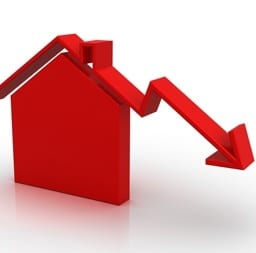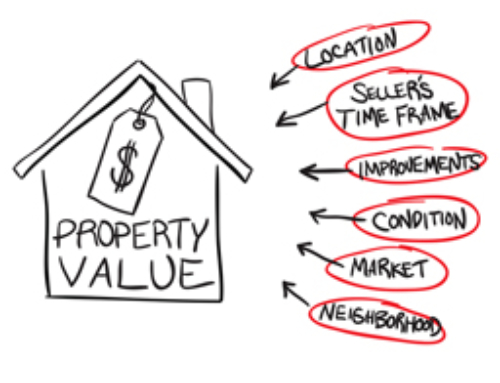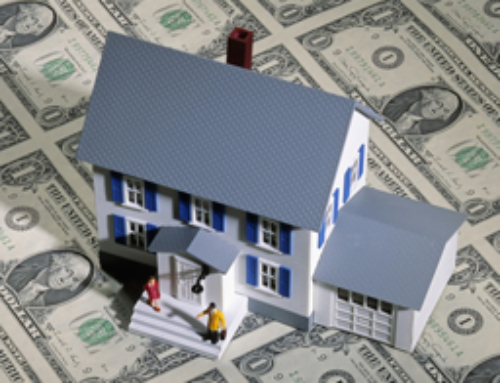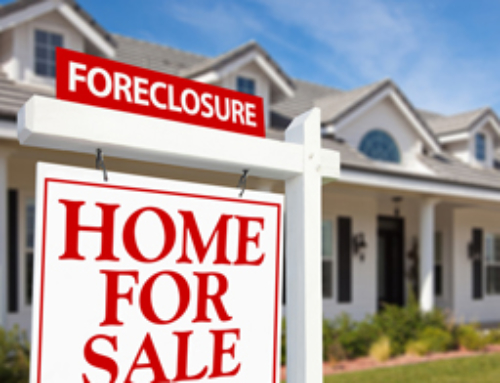 In this series, real estate and mortgage expert Steve Cook takes a look at falling home values: the causes, the effects, why home prices are still falling and what needs to happen to see home values improve.
In this series, real estate and mortgage expert Steve Cook takes a look at falling home values: the causes, the effects, why home prices are still falling and what needs to happen to see home values improve.
Yesterday, I looked at housing market predictions and asked why people aren’t buying houses despite prices and rates hitting record lows. Most of the blame rests with the economy, which has not produced the jobs necessary to kick start home sales.
As job numbers worsened during the spring and summer, mortgage default rates did flip flops, and demand softened. Housing will not improve until the employment picture improves, but housing has some special problems that could continue to keep it in the economic doghouse.
First on the list is last year’s $27 billion homebuyer tax credit. It not only failed to create any lasting stimulus to home sales but also probably made things worse. It encouraged buyers to buy homes earlier than they planned a year ago last spring so that they could take advantage of the credit. As a result, it created an artificial vacuum in demand in the second half of last year that contributed to the second dip—an all-time low—in home prices last March. A year later, we are still feeling the effects in diminished demand.
Second is the problem of financing. Ever since Fannie and Freddie imploded in September 2008, our system of home finance has been broken, and no one has yet figured out how to fix it. Whatever the future brings, it will involve structural changes in the way mortgages are financed how risk is assessed, and what it will cost borrowers.
You can’t blame lenders for not making investments in the mortgage business or creating new products and services to improve the borrowing experience when they know the rules are going to change. Three years have passed, and in Washington there’s no sense of urgency to resolve this problem.
Third is the aforementioned problem of foreclosures. Some 23 percent of all homeowners with a mortgage are still underwater and at high risk of default. One good body blow to the economy like those we suffered in 2007 could change the foreclosure picture overnight.
In any case, even with the improving default picture, some 5.4 million homes are in default over 90 days, in the shadow inventory, or in the visible foreclosure inventory being processed or marketed. That’s about 400,000 more homes than Americans will buy this year.
However, there’s reason to hope for a better 2012. Through August, seasonally adjusted sales are running 18.7 percent ahead of last year, although other sources report September sales are down and the year may well end with prices nearly even with 2010. That may not sound very exciting, but it means we’ve recovered from the tax credit nightmare.
By the end of this year, we will have turned 1.6 million abandoned foreclosures into homes for people, which is an investment in the future. About five million homes will change hands in 2011, and not one of them will have been stimulated by a federal tax credit. A dozen or more markets will experience annual price gains, and more will see local prices improve in 2012 as they get inventories under control.
This has been a year of purification, a necessary step in the process of returning housing markets to a balance that is unsullied by artificially depressing foreclosures or artificially stimulating tax credits. The situation is fragile, but if the economy gets no worse, next year will be better. If we let the housing markets continue to do their job, the day will soon come when demand will restore the property values that have disappeared temporarily from the balance sheets but not from the hearts of homeowners.
READ MORE:
Time to Refinance?
Housing Market Predictions: Good and Bad News For Real Estate
How to Avoid Paying Private Mortgage Insurance
Property Taxes: 6 Ways To Get Your Property Taxes Reduced
Steve Cook is Executive Vice President of Reecon Advisors and covers government and industry news for the Reecon Advisory Report.
Cook is a member of the National Press Club, the Public Relations Society of America and the National Association of Real Estate Editors, where he served as second vice president. Twice he has been named one of the 100 most influential people in real estate. He is a graduate of the University of Chicago, where he was editor of the student newspaper. In addition to serving as managing editor of the Report, Cook provides public relations consulting services to real estate and financial services companies, and trade associations, including some of the leading companies in online residential real estate.






